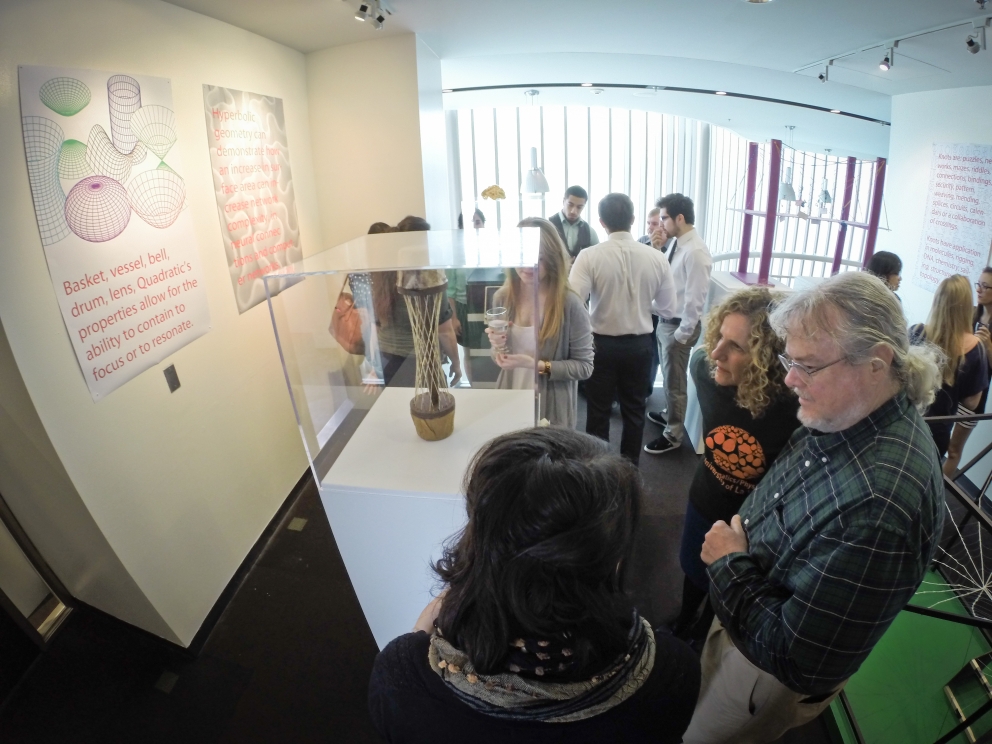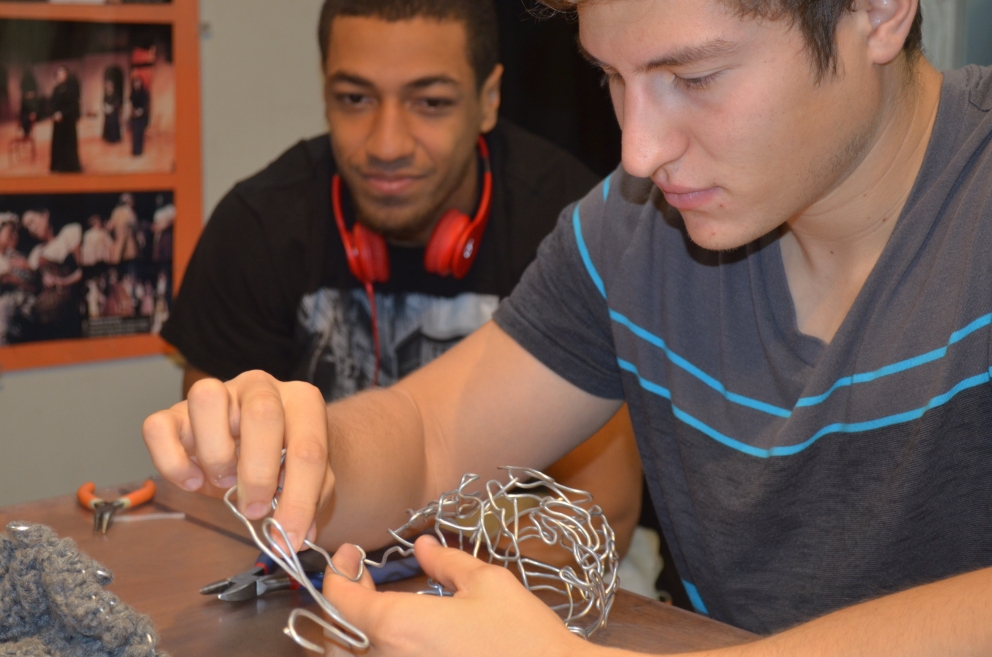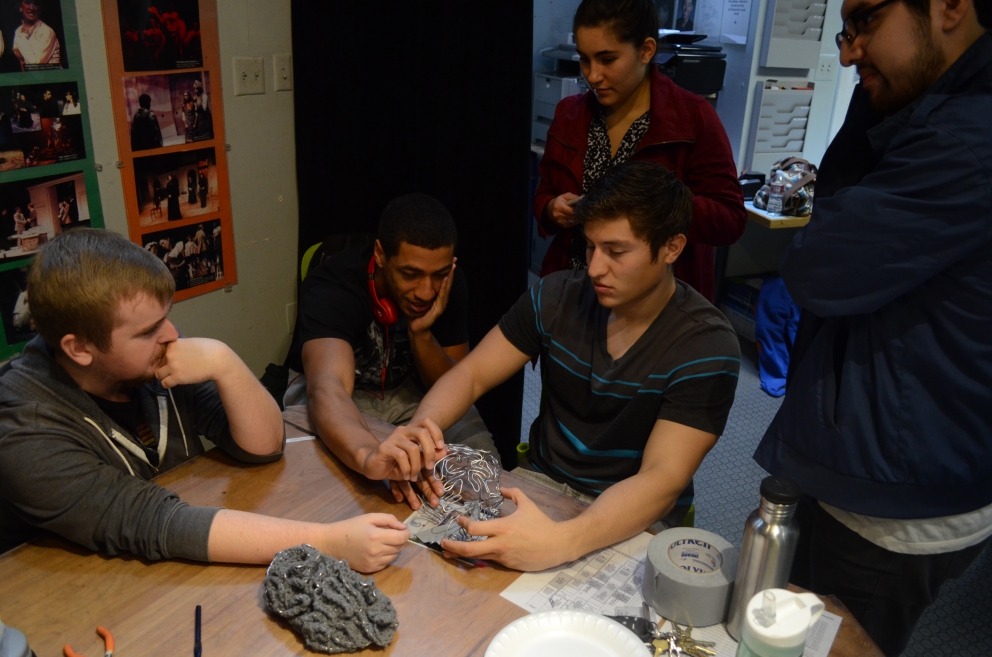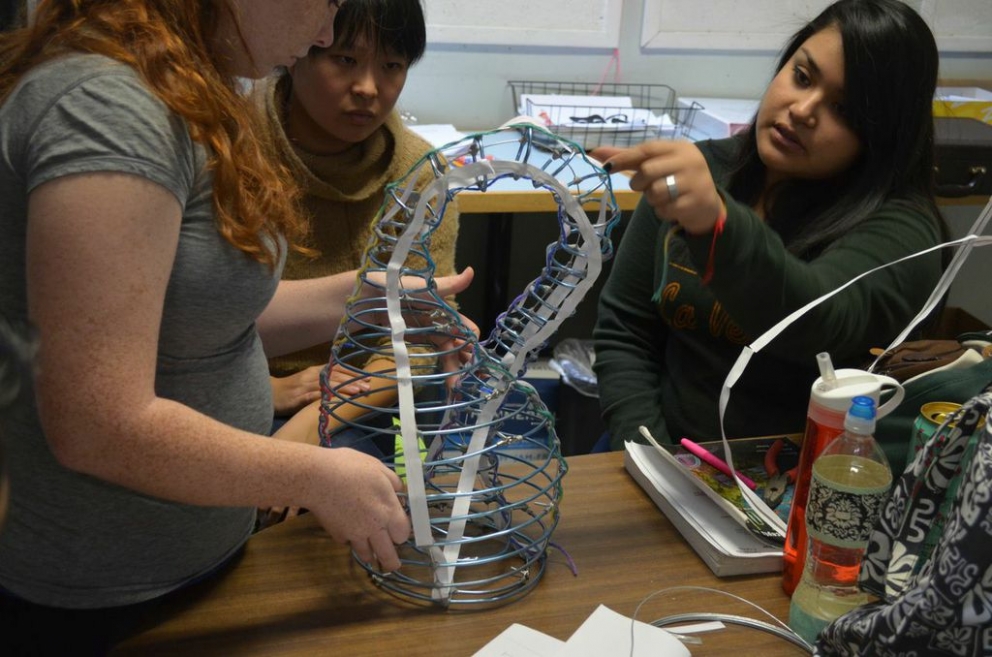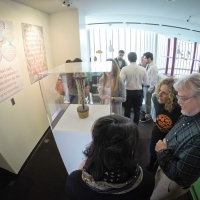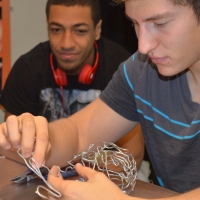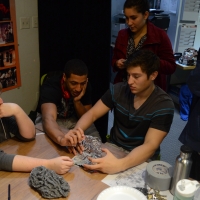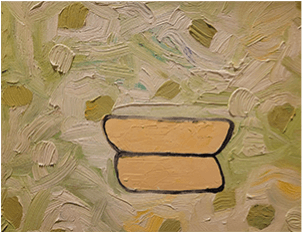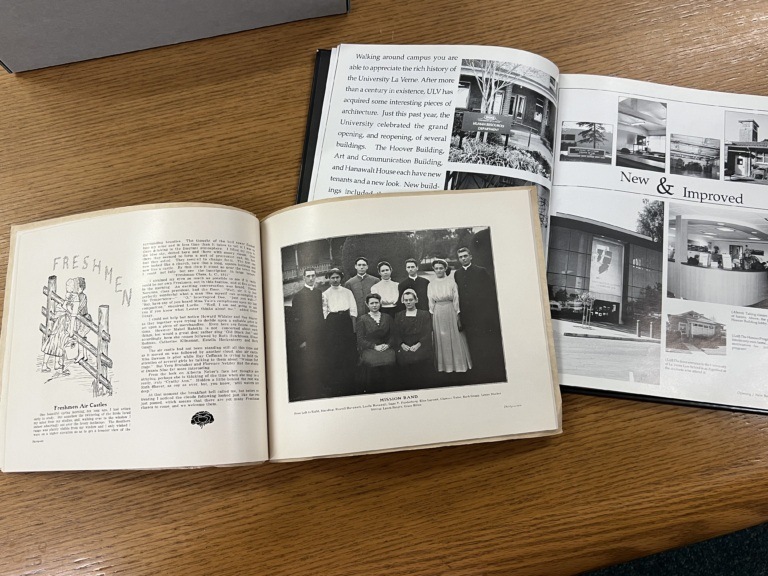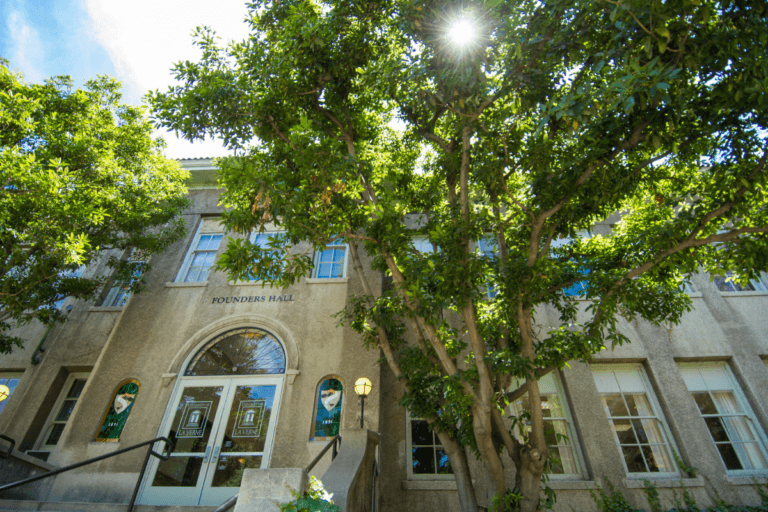La Verne’s New Invisible Theatre Course Combines Math, Theatre and Metaphor
What began as a conversation about how to build a chicken coop evolved into a partnership between two faculty members who created a new honors course melding math, theatre and metaphor.
The course, called Invisible Theatre, is different from the theatrical concept of performing in unexpected locales. Instead, it shows students through construction how to combine mathematical concepts, elements of theatre design and use of metaphor to tie them together.
“We wanted to set the stage for students to make their own discoveries,” said Alan Tollefson, Theatre Technical Director.
Tollefson, along with Assistant Professor of Mathematics Gail Tang, developed the course after discovering their common interests in each other’s academic focus, as well as a drive toward lifelong learning.
“He has a deep appreciation for mathematical ideas, especially geometric ones, while I have a passion for the arts, especially visual art because I enjoy the process of its construction as well as the end product,” Tang said.
When Tang set out to build a chicken coop at home, she approached Tollefson for advice on the tools to use and how to construct it. Tollefson later invited Tang to a stage craft class. After further discussion, they decided to join forces and create a new course, which was first offered in the fall of 2014. It will be offered again this fall.
The marriage of art and math proved to be a challenge for students at first, but they eventually dove into the concept, developing three-dimensional models that tell a story far beyond face value.
Students crocheted yarn – an element of theatre costume design – onto armature wire that was configured in the shape of a brain, and placed pulsing white lights onto one hemisphere to symbolize neural activity. The model, called “The Brain,” illustrates the concept of hyperbolic surfaces.
Another group used mathematical software to design a Klein bottle – a fourth-dimensional shape traveling through itself that is named after German mathematician Felix Klein. Students, after constructing the 3-D immersion of the 4-D shape with metal in the Theatre Department shop, compared the model to the belief that life is cyclical. Tollefson and Tang found the metaphor inspiring.
“It possessed a poetic beauty that was quite moving,” Tollefson said.
The use of metaphor in complex processes is not new. In fact, the flow of electricity is often compared to water moving through a hose, with amperage representing the size of the hose and wattage being the size of a pool being filled.
Tang and Tollefson say students experiencing the class gain a variety of skills from critical thinking and creativity to collaboration and making connections.
“I think there was a takeaway in letting them be adrift and not providing all the answers,” Tollefson said.
Those lessons, Tang says, can be a lot like life itself.
“That’s the nature of life-long learning, that doesn’t always follow a linear path,” she said.
